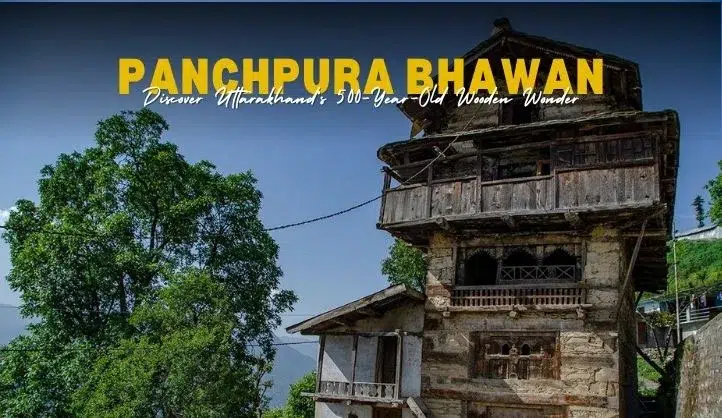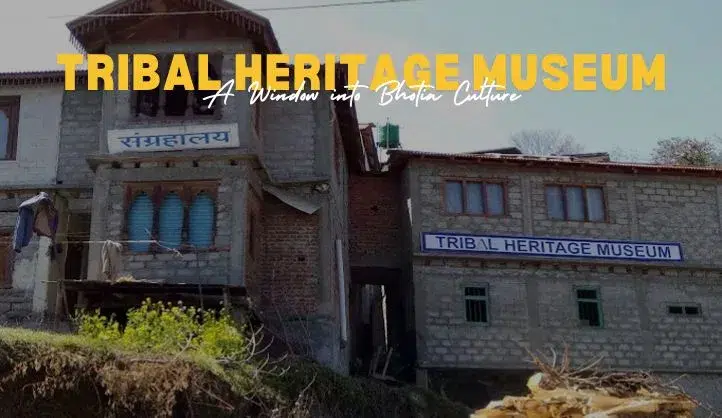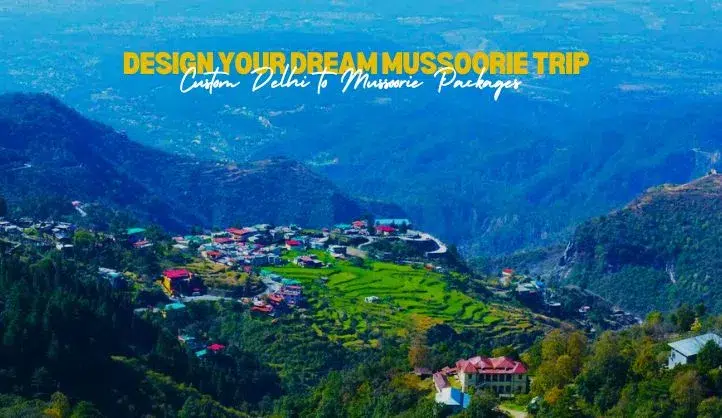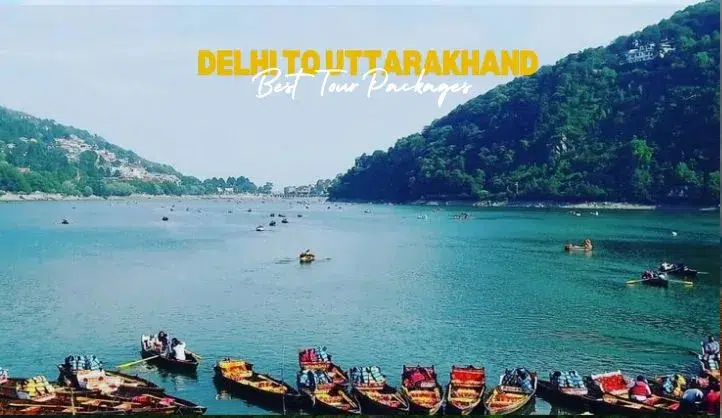Panchpura Bhawan Raithal

Imagine a big wooden house sitting quietly in a peaceful mountain village. It has five floors, thick stone walls, and wooden carvings that tell stories from the past. That’s Panchpura Bhawan, one of the oldest homes in Raithal village, Uttarakhand. Welcome to Raithal Raithal is a small and beautiful village in the Uttarkashi district. It’s […]
The Tribal Heritage Museum in Munsiyari

Hidden in the breathtaking Himalayas, the Tribal Heritage Museum in Munsiyari is a treasure trove of the Bhotia tribe’s rich culture. From ancient artifacts to fascinating stories, this museum takes you on a journey through time. If you’re planning a trip to Munsiyari, this is a must-visit spot! In this ultimate guide, you’ll discover: ✔️ History & significance of the museum […]
Lal Kuan Haldwani 2025

Planning to visit Lal Kuan in Haldwani this year? Whether you’re catching a train to the hills, stopping by the famous Lalkuan Junction Railway Station, or simply passing through on your way to Nainital or Kathgodam, this guide is for you. We’ve put together everything you need to know — how to get there, train […]
Kinnaur Kailash Trek Guide: Best Time, Route & Tips for 2025

What is Kinnaur Kailash Kinnaur Kailash, also known as Kinner Kailash, is a very sacred mountain located in the Kinnaur district of Himachal Pradesh. It rises to about 6,050 meters (around 19,850 feet) above sea level. This mountain is famous because at its top, there is a large natural rock shaped like a Shivling — […]
Why Choose WanderSky | Trusted Travel Agency for North India Trips

Are you dreaming of a trip to the mountains? Imagine snow-covered peaks, peaceful rivers, and small, quiet villages. Whether you want to explore the beauty of Himachal Pradesh, feel the peace of Rishikesh, or drive through the wild roads of Spiti Valley, there’s one name that always stands out: WanderSky travel agency. But why choose […]
7 Best Unforgettable Chitkul Tour Packages by WanderSky

Imagine riding your bike through winding Himalayan roads, with crisp mountain air in your lungs, pine trees all around, and the river Baspa flowing beside you. Then, just as you think the world couldn’t get more peaceful, you reach a tiny, magical village—Chitkul. Welcome to Chitkul, the last inhabited village near the Indo-Tibetan border, where […]
Best Summer Tour Packages 2025

Looking for a cool and peaceful place to visit this summer? North India is full of beautiful hill stations like Uttarakhand, Himachal Pradesh, and Ladakh, where you can enjoy fresh air, green valleys, tall mountains, and calm weather. These places are perfect if you want to take a break from the city heat and noise. […]
Delhi to Mussoorie Tour Package | WanderSky’s Complete Travel Guide

If you are tired of Delhi’s fast-paced life and dreaming of fresh air, green hills, and cozy cafés, Mussoorie is the answer. Known as the “Queen of Hills,” Mussoorie has everything you need for a refreshing break — whether it’s a romantic escape, a family vacation, or an adventure with friends. At WanderSky, we make […]
Best Delhi to Uttarakhand Tour Packages

Uttarakhand, the beautiful land of snowy peaks, holy rivers, and deep forests, is just a few hours away from India’s bustling capital. If you’re planning a mountain escape, a trip to Uttarakhand offers a perfect blend of adventure, spirituality, and scenic beauty. With WanderSky’s well-curated Delhi to Uttarakhand tour packages, your journey becomes not just a […]
Best 7 North India Hill Station Tour Packages

When it comes to natural beauty, cultural richness, and an escape from city life, nothing beats the charm of North India hill stations. Nestled in the majestic Himalayas, these destinations offer everything from snow-capped peaks and lush green valleys to colonial towns and serene lakes. Whether you’re a solo traveler, a couple on a romantic […]
